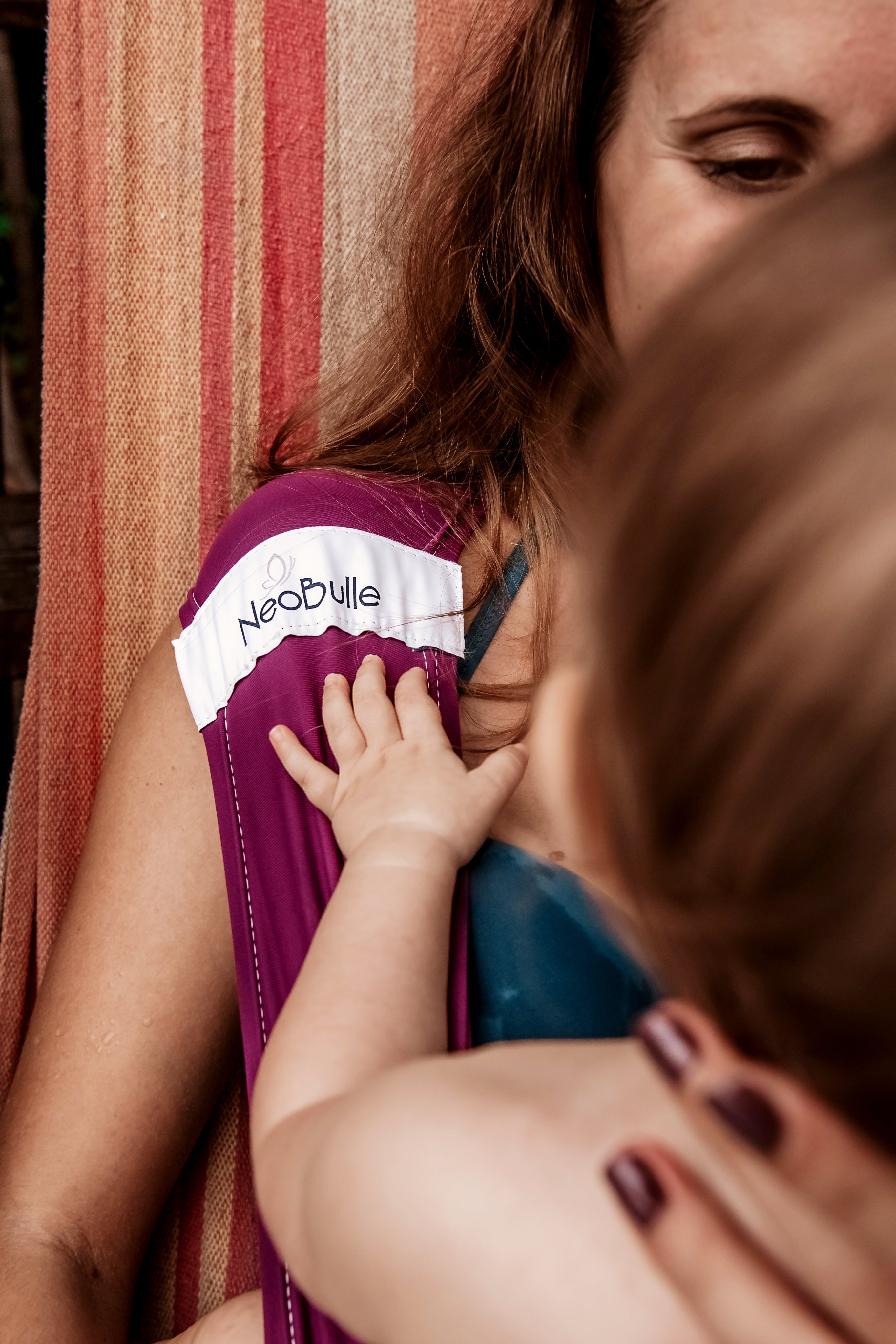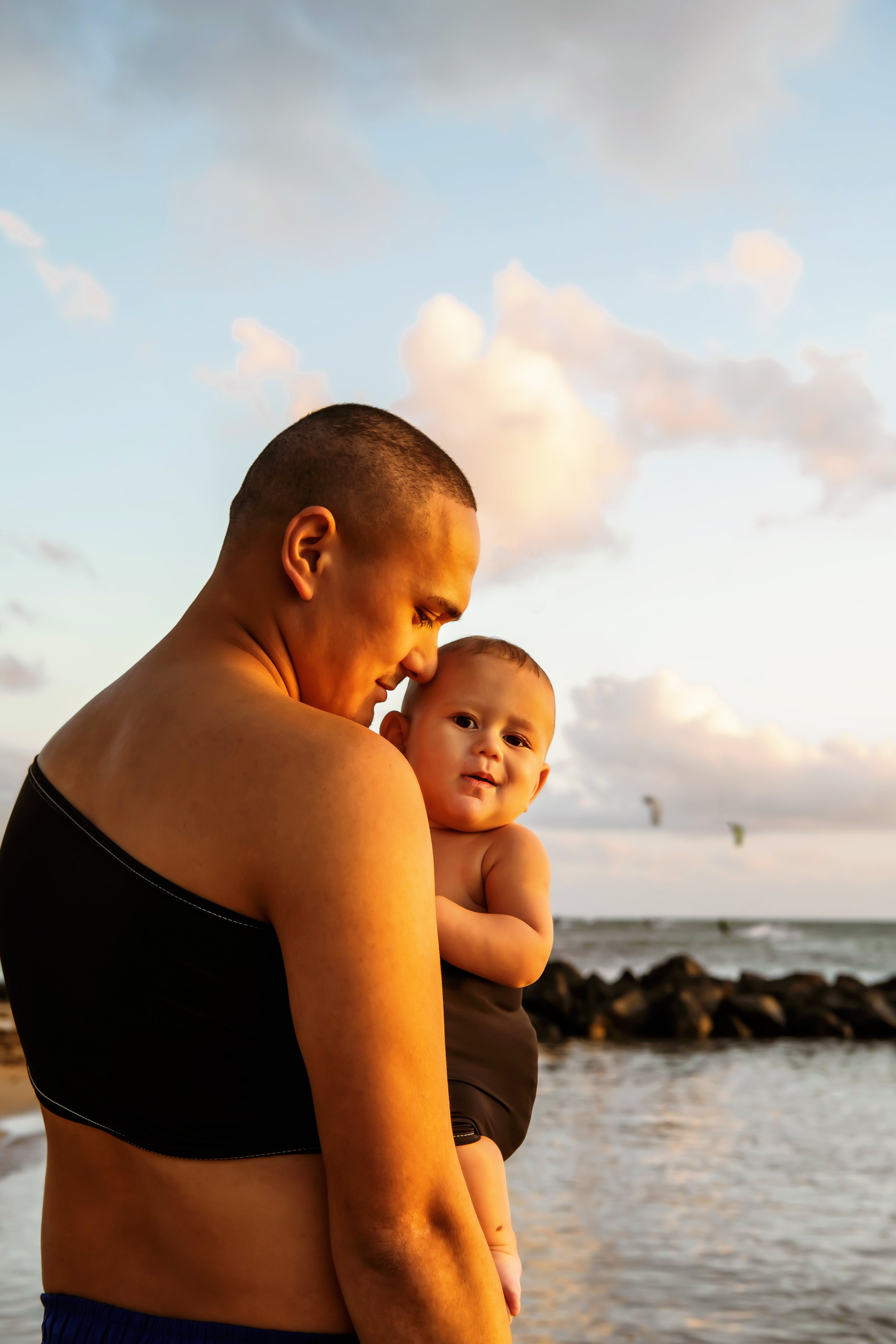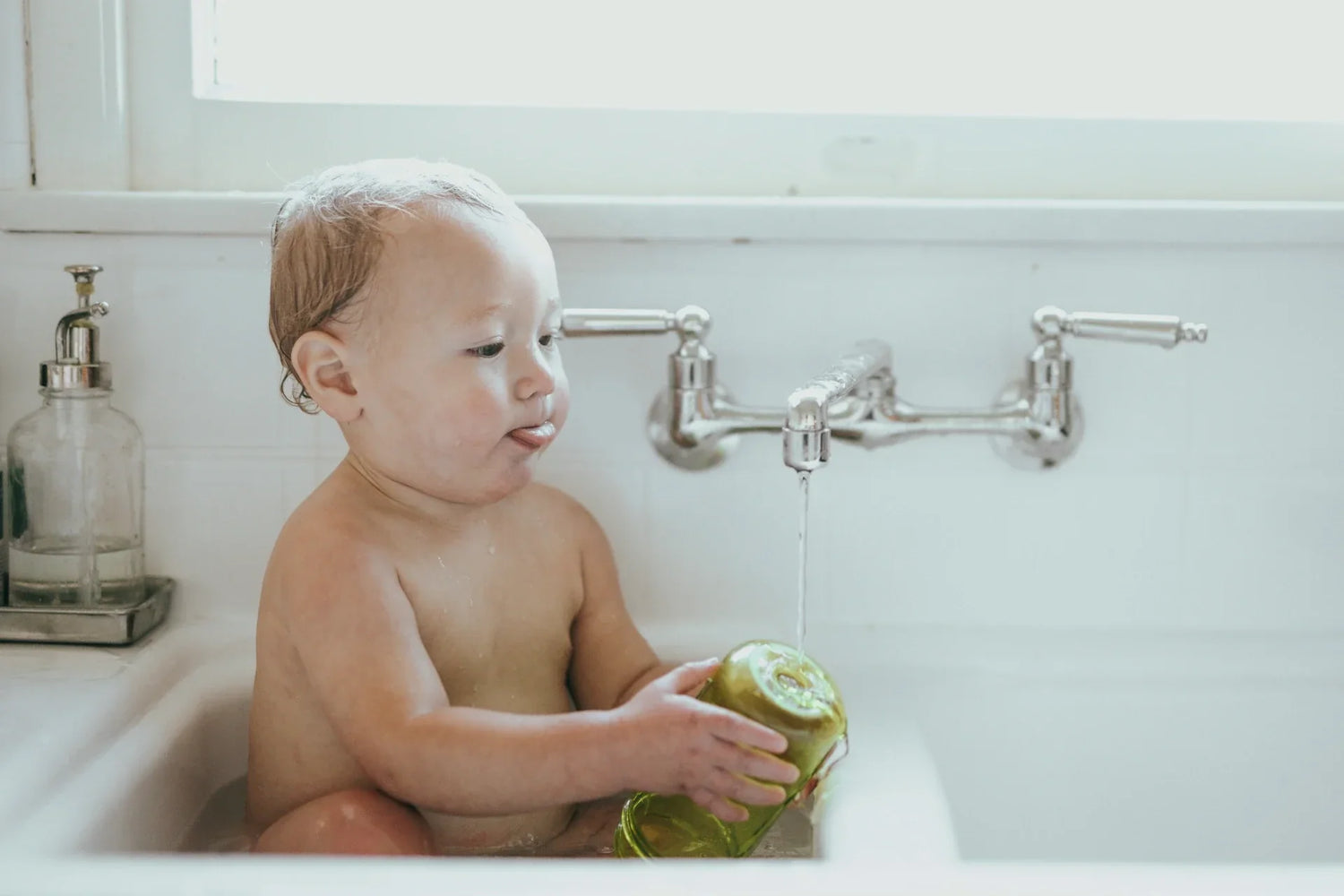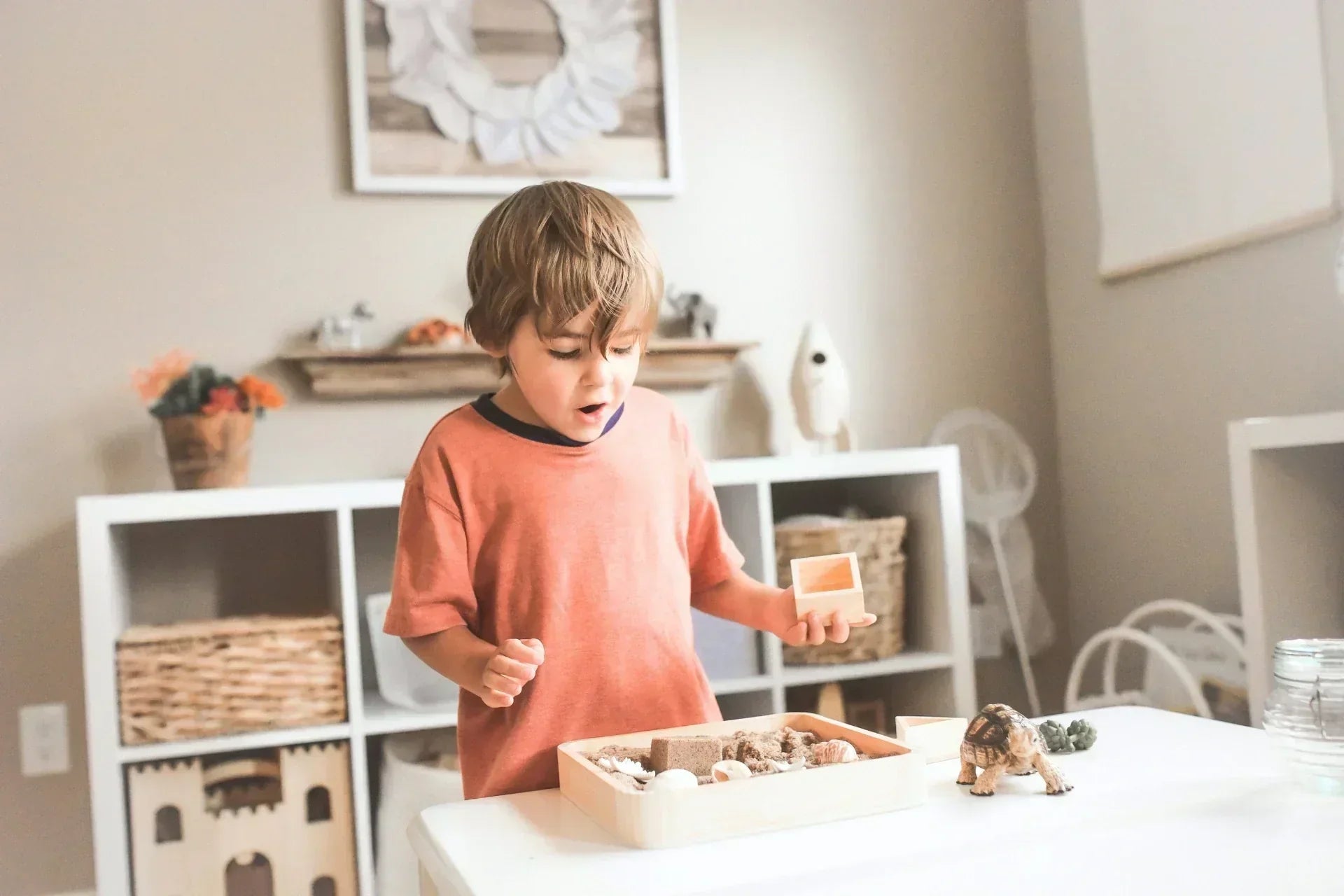When thinking about lice, they are generally associated with school life, children at school or in community settings. However, lice do not spare young children! Yes, lice in babies are possible, and it can quickly become a source of stress for parents. Their delicate skin, fine hair, and difficulty expressing discomfort make managing lice in infants particularly delicate.
In this article, we give you all the keys to understand how lice appear in babies, whether they are dangerous, how to treat them safely, and which natural products to use to soothe and protect your child's scalp.
- Summary
- Can a baby have lice?
- Can lice harm a baby?
- What products to use against lice in babies?
- How to treat lice in babies safely?
- Preventing lice in babies: good habits to adopt
- In conclusion: say goodbye to lice in babies in a gentle and natural way
- Possible frequent use
- Only a small amount of shampoo is needed
- Gentle on sensitive baby scalps from 3 months
- Compatible with breastfeeding
- Suitable for pregnant women from 3 months
- Made in France, in Haute-Loire
- Without harsh ingredients
- Eliminates lice and nits naturally
- Effective in 5 minutes for lice, and after 1 hour for nits
- Made of 100% natural ingredients
- Compatible with pregnancy, breastfeeding, and babies from 6 months
- Made in France, in Loir-et-Cher
- Quick, practical, and targeted application
- Fun roll-on for easy use
- Recommended use in a 7-day treatment
- Very convenient portable format for daily use and on the go
- 100% of ingredients from Organic Farming
- Made in France, in the Loire
- Baby often scratches their head
- Small red bumps or sores on the scalp
- Presence of nits (small white dots) attached to the hair
- Apply the Anti-Lice Treatment Lotion on dry hair and dry with a hairdryer or air dry. Leave on for one hour
- Rinse thoroughly then wash with the Soothing Anti-Lice Shampoo
- Meticulously comb with a lice comb
- Soak brushes, combs, and hair accessories in very hot water (at least 60°C) for at least 10 minutes
- Wash all textiles that have been in contact with your child's head at 60°C: bedding, clothing, hats, plush toys, bed bumpers, etc.
- Vacuum carpets, sofas, and car seats
- Seal non-washable objects in a sealed bag for 48 hours
- Soak brushes, combs, and hair accessories in very hot water (at least 60°C) for at least 10 minutes
- Wash hats, caps, hoods, beanies, scarves... at 60°C
- The Soothing anti-lice shampoo suitable from 3 months
- The Anti-lice treatment lotion, effective from 6 months
- The Protective anti-lice oil, preventive from 18 months
Can a baby have lice?
The answer is yes. Even if infants are less exposed than children in community settings, it is indeed quite possible for a baby to catch lice. For example, this can happen if a brother or sister brings them home, if the child is cared for by a babysitter, or if they come into contact with contaminated textiles or objects.
However, lice do not fly or jump. They are transmitted through direct contact or shared objects (combs, cushions, blankets...). Moreover, their presence is not always suspected in a baby with short or sparse hair, which can delay diagnosis.

Can lice harm a baby?
Fortunately, lice are not dangerous to the health of infants. They do not transmit serious diseases, for example. However, they can cause intense itching, scalp irritation, or even lesions if the baby scratches. This can disturb their sleep, mood, comfort, and lead to significant nervousness. Not to mention the mental burden for the rest of the family.
Therefore, it is essential to act quickly, ideally with products respectful of their sensitive skin and young age.
What products to use against lice in babies?
Baby's skin is delicate: We therefore recommend prioritizing care products whose ingredients are derived from organic farming. At Néobulle, we offer a specific and natural range of anti-lice products, formulated in France, suitable for very young children from 3 months old while respecting their scalp.
From 3 months: Anti-Lice Shampoo
Formulated for babies from 3 months, the Soothing Anti-Lice Shampoo by Néobulle is a gentle, natural, organic cleansing care product. Thanks to organic lavender essential oil, known for its repellent properties, it soothes and repels lice while respecting their delicate skin. It can be used preventively or as a supplement to treatment.
Advantages:
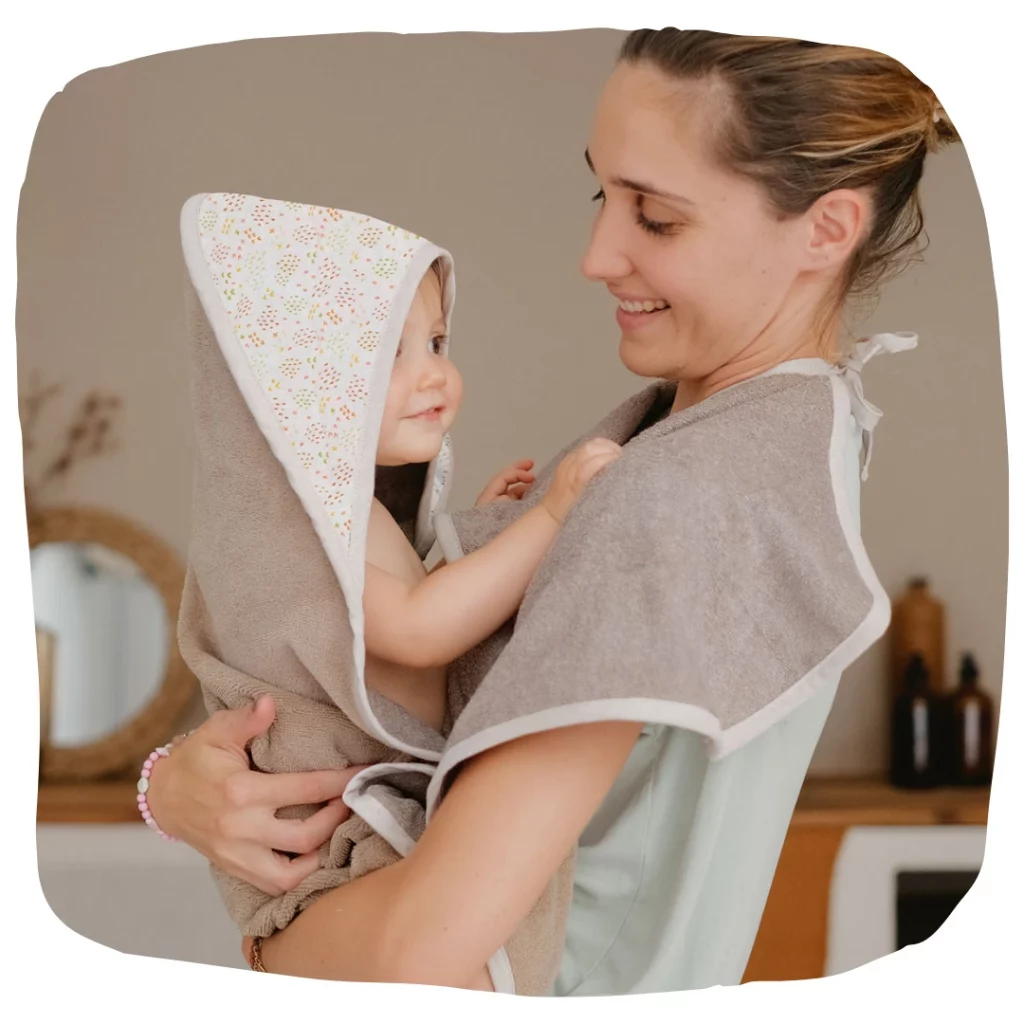
From 6 months: Anti-Lice Treatment Lotion
Have you spotted lice on your baby? For a more targeted treatment, the Anti-Lice Treatment Lotion by Néobulle is an effective solution from 6 months old. It works by suffocating lice and nits. Composed 100% of natural ingredients thanks to coconut oil, it is formidable against unwanted visitors but obviously respects the skin of the whole family. Free from insecticides, perfumes, or essential oils, it is THE natural solution from the first application. This treatment is applied to dry hair and can be used in conjunction with an Anti-Lice shampoo.
Advantages:
From 18 months: Protective Anti-Lice Oil
The Protective Anti-Lice Oil is ideal for prevention in children from 18 months old. Easy to apply thanks to its roll-on format, this stick is used daily during high-risk periods to create a barrier against lice. Simply apply behind the ears and on the nape of your child's neck. Composed of a clever blend of 3 essential oils (lavandin, fine lavender, and rose geranium), it emits a subtle floral scent that repels unwanted visitors while respecting the sensitive skin of children.
Advantages :

How to safely treat lice in babies?
1. Recognize the signs of lice presence in babies
Detecting infestation signs in a child is not always easy... so identifying lice in a baby is a real challenge for young parents. We therefore invite you to pay attention to the following signs :
2. Use a gentle and respectful routine
Using natural products with ingredients from Organic Farming is preferable for children under 2 years old. Indeed, their skin and scalp are fragile and therefore require gentle, suitable care.
Recommended routine (in 3 steps!):
It is not necessary to repeat the operation; one application is enough. If you detect lice in your baby, do not hesitate to take proactive measures by treating all members of your household. Parents, siblings, and relatives... Certainly, it’s not the most pleasant task, but it greatly increases your chances of getting rid of lice.
💡 Tip: To make the application fun, suggest they listen to their favorite music so that this moment remains friendly despite everything.
3. Disinfect the environment
To prevent re-infestation, here are four essential steps:
Prevent lice from appearing in babies: good habits to adopt
Even if prevention is difficult, it remains your best ally, especially if you have older children at home or if the baby is in a group setting. Here are a few simple gestures to adopt daily" to limit the risks of infestation.
💡 And to keep a record of our tips, download our anti-lice memo!
Routine n°1: Adopt a preventive routine
Use regularly a shampoo with natural repellent active ingredients such as the Anti-Lice Shampoo (from 3 months). During epidemic periods (back to school, community settings...), it can be used 2 to 3 times a week to repel unwanted visitors. For older children, the protective anti-lice oil roll-on
Routine n°2: Regularly inspect your children’s hair
A weekly visual check allows for quick detection of early infestation. On damp hair, use a fine comb to hunt for lice and nits. The earlier you catch it, the easier it is to treat.
Routine n°3: Favor clever hairstyles (for those with more hair)
Does your baby have enough hair to tie back? Take advantage of it! Gathering hair into a bun, braid, or ponytail helps limit contact with other children’s hair. Lice are transmitted by direct contact: the less free hair, the lower the risk.
Routine n°4: Fight against spread within the family
If an older sibling is infested, treat the whole family quickly, and apply the same preventive measures to the baby. Remember that lice can move very quickly from one head to another!
Routine n°5: Wash everyday objects in contact with hair
During epidemic periods, thoroughly wash accessories or clothing in contact with the scalp:
In conclusion: say goodbye to lice on your baby in a gentle and natural way
Lice on babies may seem intimidating, but effective and safe solutions exist. At Néobulle, we have designed a specific range for infants, to act gently:
By adopting a natural and gentle routine, you protect your child's delicate skin while helping them regain comfort and serenity.
That said, don’t panic: lice are neither a hygiene issue nor an inevitability. With the right products and a few simple gestures, everything quickly gets back to normal.
